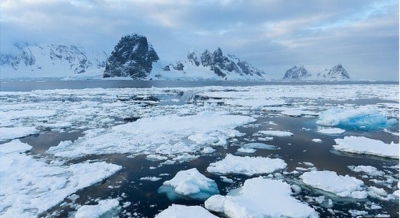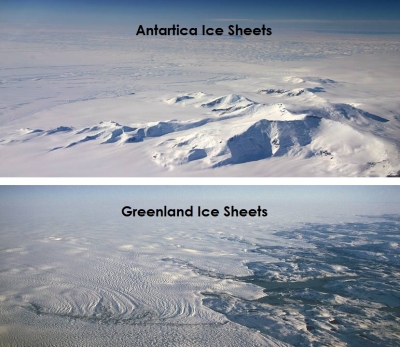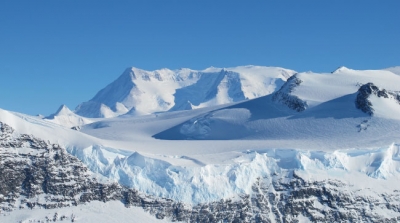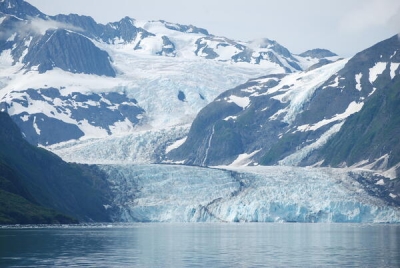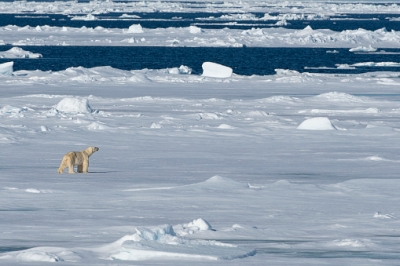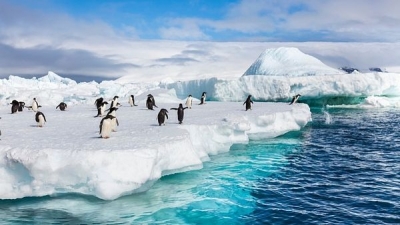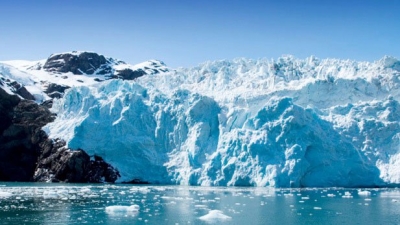HAVE THERE BEEN MANY ICE AGES?
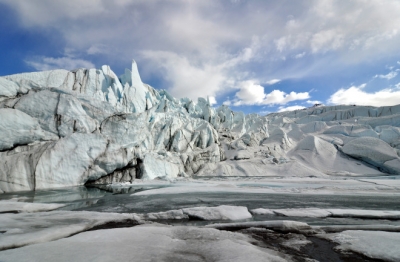
|
There have been at least five major ice ages in Earth’s history: the Huronian, Cryogenian, Andean-Saharan, late Palaeozoic and Quaternary. The study of rocks dates the Huronian around 2.1 billion years ago. The Cryogenic, around 700 million years ago may have seen Earth almost totally frozen, like a snowball. The Andean-Saharan Ice Age happened around 400 million years ago. The late Palaeozoic, around 360 million years ago, had extensive polar ice caps. The Quaternary Age began around 2.5 million years ago. At present, Earth is in an interglacial period it is between ice ages. |
There have been five or six major ice ages in the history of Earth over the past 3 billion years. The Late Cenozoic Ice Age began 34 million years ago, its latest phase being the Quaternary glaciation, in progress since 2.58 million years ago.
Within ice ages, there exist periods of more severe glacial conditions and more temperate conditions, referred to as glacial periods and interglacial periods, respectively. The Earth is currently in such an interglacial period of the Quaternary glaciation, with the last glacial period of the Quaternary having ended approximately 11,700 years ago. The current interglacial is known as the Holocene epoch. Based on climate proxies, paleoclimatologists study the different climate states originating from glaciation.
Credit: Wikipedia
Picture credit: Google
